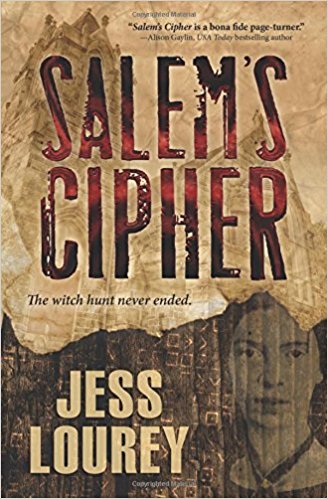
I recently finished reading The Idiot by Elif Batuman. I had previously read her memoir of her graduate studies in Russian literature, The Possessed: Adventures with Russian Books and the People Who Read Them, a thoroughly enjoyable and unusual book so I was looking forward to her first novel. While The Idiot isn’t quite as good as The Possessed, it had many chuckle out loud parts and enough references to writing and writing tools I thought I could discuss the book based on those topics alone.
The protagonist of The Idiot is a first-year university student called Selin. As she wants to be a writer, she spends a fair bit of time writing in her journal so naturally she has an appreciation of good paper. “The mall had a Japanese stationery store, where I bought a new spiral notebook. It had the most supple and creamy paper, and a pink cover decorated with a maroon anthropomorphic bean. The bean had one hand on its hip, and was waving with the other hand. It was a marvelous notebook.” (p. 414) To me, this just sums up the best of Japanese stationery, great paper and the quirkiness of the illustrations.
Early on in the novel, Selin volunteers to be a tutor in a disadvantaged neighbourhood. Her description of the dismal classroom concludes with: “On the table were a sign-in sheet, a dead spider plant, and a dead spider. On a shelf in the closet lay a stack of marbled composition notebooks and a box of unsharpened Ticonderoga pencils.” (p. 63) Hardly the most inspiring supplies but I can just picture it.
As the book takes place in the early 1990s, email was still a new and unfamiliar thing. Selin marvels over the strangeness of being able to see both sides of the correspondence. “Always there, unchanged, in a configuration nobody else could see, was a glowing list of messages from all the people you knew, and from people you didn’t know, all in the same letters, like the universal handwriting of thought or of the world. Some messages were formally epistolary, with “Dear” and “Sincerely”; others telegraphic, all in lowercase with missing punctuation, like they were being beamed straight from people’s brains. And each message contained the one that had come before, so your own words came back to you – all the words you threw out, they came back. It was like the story of your relations with others, the story of the intersection of our life with other lives, was constantly being recorded and updated, and you could check it at any time.” (p.4)
I hadn’t really thought about how with traditional letter writing you don’t usually have a copy of your original correspondence (unless of course you used carbon paper). Even emails that are more like conversations than letters, it is odd to have them transcribed and to be able to re-read them. She is wrong about email always being there though. I have no idea what became of old emails I wrote with service providers now long gone. Maybe with cloud storage email is becoming less ephemeral.
Overall, I would recommend this book even though, true to her age, Selin could be a bit tiresome and the ending was not entirely satisfactory.
Advertisements Share this:





